Diverse Applications
The Wearable Camera Market is witnessing a diversification of applications that extends beyond traditional photography and videography. These devices are increasingly being utilized in various sectors, including sports, healthcare, and security. For instance, athletes use wearable cameras to analyze their performance and improve techniques, while healthcare professionals employ them for telemedicine and patient monitoring. Additionally, law enforcement agencies are adopting body-worn cameras to enhance transparency and accountability. This broadening of use cases is attracting a wider audience, thereby expanding the market. Recent statistics suggest that the sports segment alone is expected to account for over 30% of the market share by 2026. As the versatility of wearable cameras becomes more apparent, the Wearable Camera Market is likely to continue evolving, catering to an array of consumer needs.
Social Media Influence
The influence of social media on the Wearable Camera Market cannot be overstated. As platforms like Instagram, TikTok, and YouTube continue to thrive, the demand for wearable cameras that facilitate content creation is surging. Users are increasingly seeking devices that allow them to capture and share their experiences in real-time. This trend is particularly evident among younger demographics, who prioritize authenticity and immediacy in their social media interactions. The rise of influencers and content creators has further propelled the market, as these individuals often rely on wearable cameras to produce engaging content. Market data indicates that nearly 60% of consumers consider social media compatibility a key factor when purchasing a wearable camera. Consequently, manufacturers are focusing on features that enhance connectivity and sharing capabilities, thereby driving growth in the Wearable Camera Market.
Technological Advancements
The Wearable Camera Market is experiencing rapid growth due to continuous technological advancements. Innovations in camera resolution, battery life, and connectivity options are enhancing the user experience. For instance, the introduction of 4K video recording capabilities and improved image stabilization features are attracting consumers who seek high-quality content creation. Furthermore, advancements in artificial intelligence are enabling features such as automatic scene detection and voice control, making wearable cameras more user-friendly. According to recent data, the market is projected to grow at a compound annual growth rate of approximately 15% over the next five years, driven by these technological improvements. As manufacturers invest in research and development, the Wearable Camera Market is likely to see an influx of new products that cater to diverse consumer needs.
Consumer Demand for Adventure
The growing consumer demand for adventure and outdoor activities is significantly impacting the Wearable Camera Market. As more individuals engage in activities such as hiking, biking, and extreme sports, the need for durable and portable cameras has increased. Wearable cameras are particularly appealing to adventure enthusiasts, as they offer hands-free operation and the ability to capture high-quality footage in challenging environments. Market Research Future indicates that the outdoor segment is projected to grow by approximately 20% in the coming years, driven by this trend. Manufacturers are responding by developing rugged, waterproof models that can withstand harsh conditions, thereby appealing to this adventurous consumer base. This shift in consumer behavior is likely to propel the Wearable Camera Market forward, as more individuals seek to document their experiences.
Integration with Smart Devices
The integration of wearable cameras with smart devices is emerging as a key driver in the Wearable Camera Market. As the Internet of Things continues to expand, consumers are increasingly looking for devices that seamlessly connect with their smartphones, tablets, and smartwatches. This connectivity allows for easier sharing of content and enhanced functionality, such as remote control and live streaming capabilities. Recent data suggests that nearly 70% of consumers prefer wearable cameras that offer compatibility with their existing smart devices. This trend is prompting manufacturers to prioritize connectivity features in their product designs. As the demand for integrated solutions grows, the Wearable Camera Market is likely to see a surge in innovative products that cater to tech-savvy consumers.

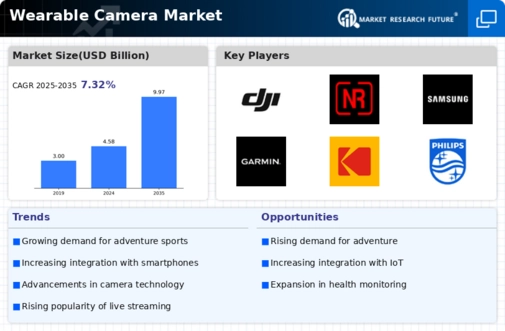
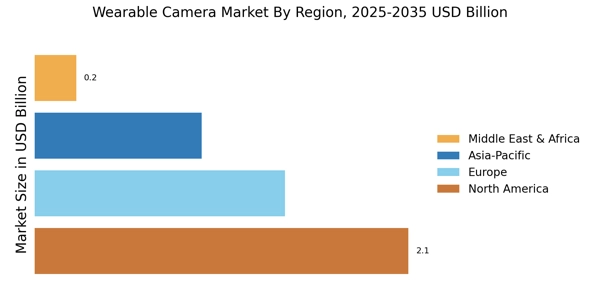
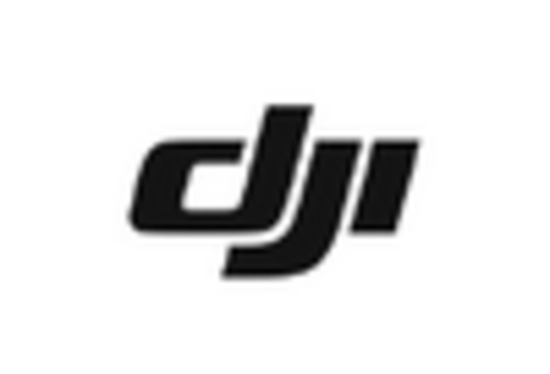
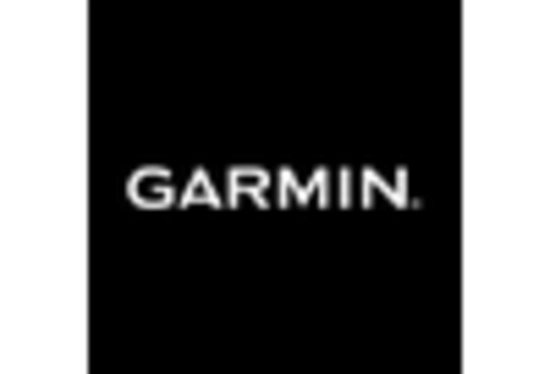
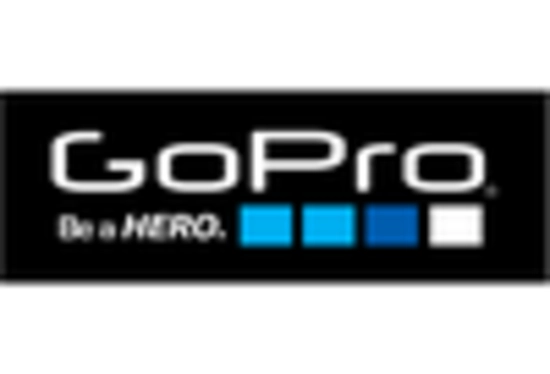
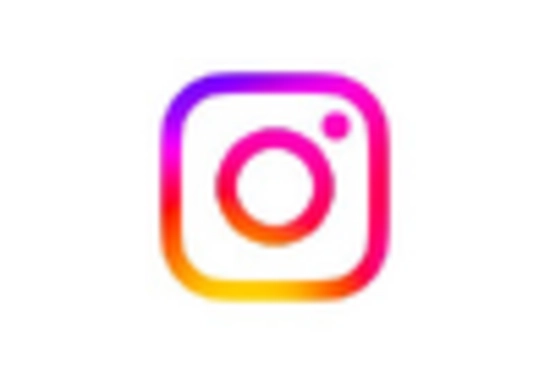

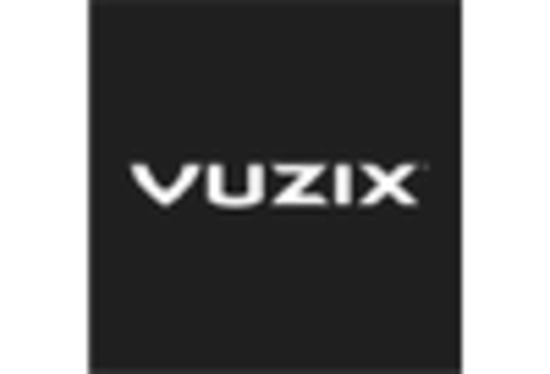








Leave a Comment